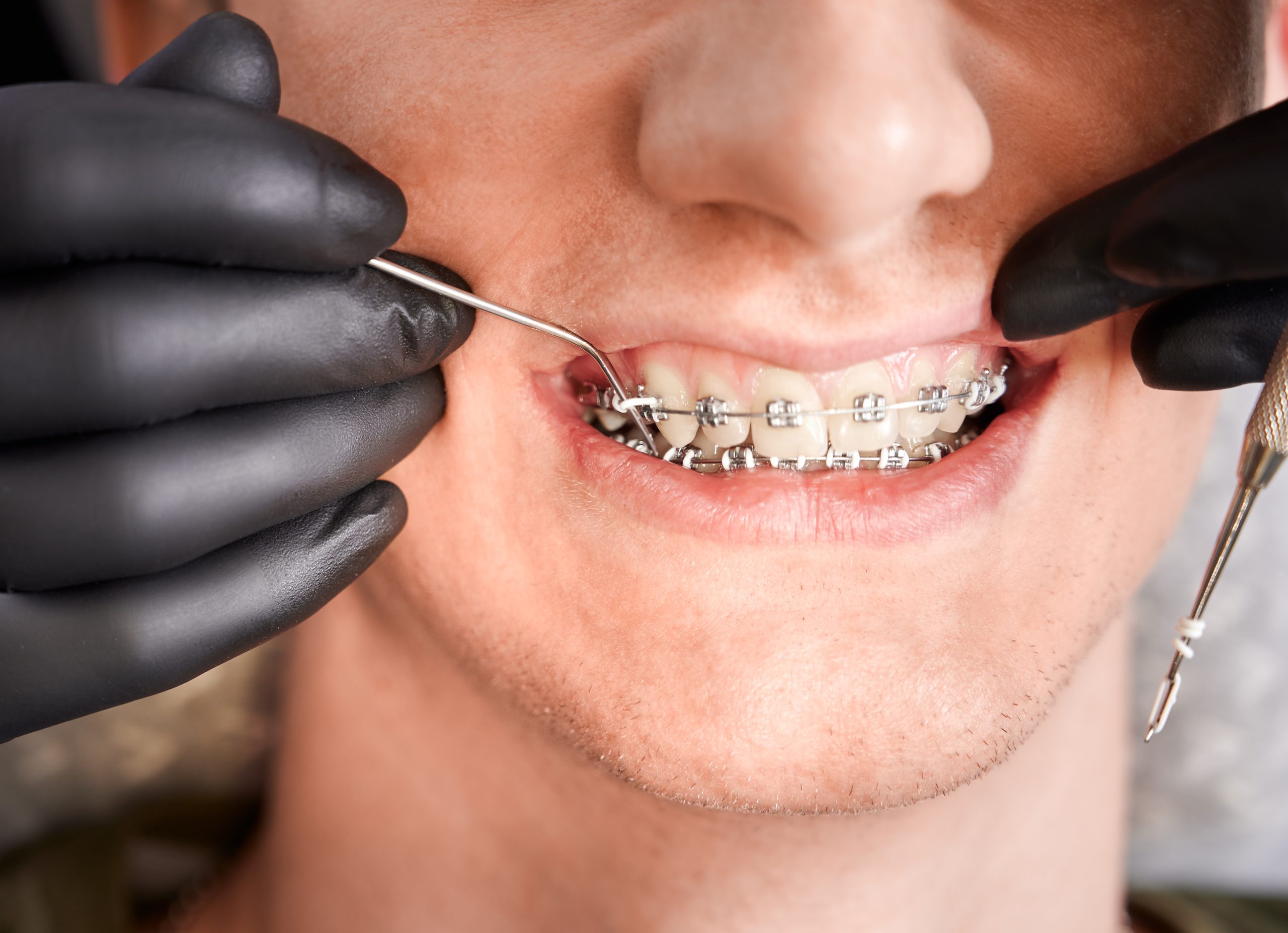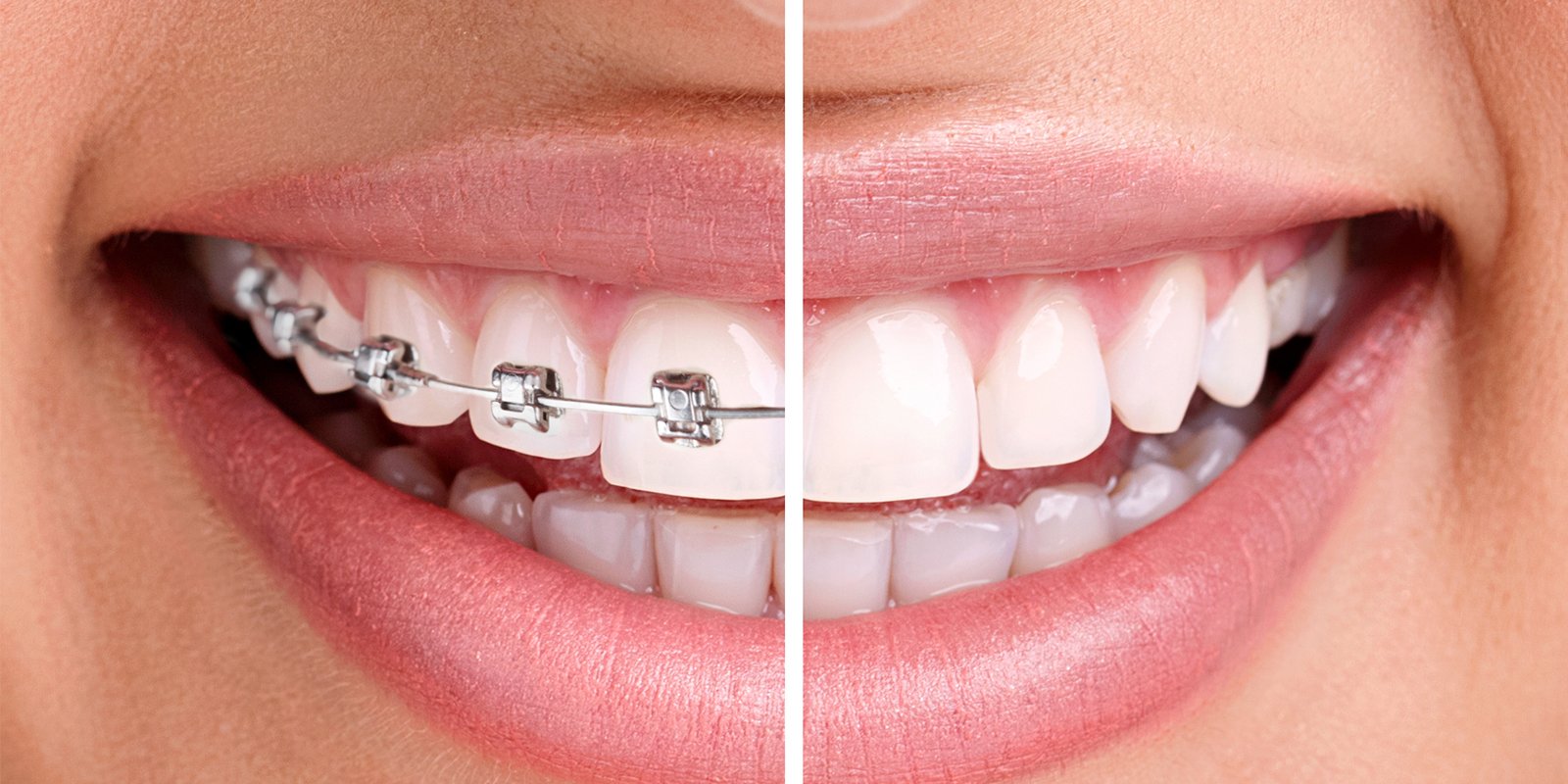Comprehensive Orthodontics Solutions: Transform Your Smile Today
Comprehensive Orthodontics Solutions: Transform Your Smile Today
Blog Article
Whatever You Required to Understand About Braces, Aligners, and Retainers
Orthodontic therapies such as dental braces, retainers, and aligners play an important role in accomplishing a straighter and healthier smile. From conventional braces to modern-day aligners, there are various alternatives offered to cater to specific demands and choices.
Kinds Of Orthodontic Treatments
Orthodontic treatments encompass different techniques targeted at remedying and aligning teeth for enhanced oral health and looks. The most usual sort of orthodontic treatment is standard braces, consisting of steel braces bound to the teeth and connected by cords. These braces gradually shift teeth into the wanted position through regular adjustments by an orthodontist.
Another popular choice is ceramic dental braces, which are less recognizable than metal braces due to their clear or tooth-colored brackets. Lingual dental braces are connected to the back of the teeth, making them virtually invisible from the exterior. For those looking for a much more discreet choice, clear aligners like Invisalign give a detachable and transparent choice to traditional braces.

Advantages And Disadvantages of Braces
When taking into consideration orthodontic therapy alternatives, it is vital to evaluate the advantages and disadvantages of dental braces. One of the primary benefits of dental braces is their reliability in providing accurate and foreseeable outcomes over a specified treatment period.
Nevertheless, there are some disadvantages to think about when choosing for braces. The most usual concerns include discomfort and prospective mouth sores throughout the initial change period. Maintenance can additionally be difficult, requiring frequent dental gos to for modifications and regular cleaning to protect against food particles from getting trapped. One more visual factor to consider is the exposure of typical steel braces, which might impact the wearer's confidence during therapy. Despite these downsides, the tried and tested performance of braces in achieving optimal dental alignment usually outweighs the disadvantages for lots of clients - orthodontics.
Benefits of Aligners
An increasingly preferred alternative to standard braces, aligners supply various advantages in orthodontic treatment. Aligners are additionally detachable, permitting individuals to easily comb and floss their teeth, leading to much better oral health throughout therapy compared to typical braces.
Furthermore, aligners commonly require fewer sees to the orthodontist for changes, as contrasted to dental braces, which can be a practical factor for individuals with busy timetables. The treatment procedure with aligners is typically more comfy, as there are no steel brackets or cables that might trigger irritation to the mouth. In addition, aligners can frequently achieve outcomes in a much shorter period than standard dental braces, depending on the intricacy of the orthodontic problems being dealt with.

Relevance of Retainers
The importance of retainers in preserving orthodontic therapy end results can not be overemphasized. Retainers play a crucial function in maintaining the results achieved through braces or aligners. After the first phase of orthodontic treatment, where aligners or dental braces are made use of to align teeth and proper bite issues, retainers are important for preventing the teeth from shifting back to their initial placement.
Retainers help to stabilize the teeth in their new aligned position, allowing the sustaining structures in the mouth to adapt to the changes. Without appropriate retainer wear, there is a risk of regression, where the teeth gradually relocate back towards their pre-treatment placement. This can undo all the progress made throughout the orthodontic therapy, resulting in the demand for added intervention.
It is suggested to use retainers as routed by your orthodontist to maintain the outcomes of your therapy in the long-term. Typically, retainers are at first used full-time and then transitioned to nighttime wear once the orthodontist identifies it is ideal. Regular retainer use is key to ensuring an enduring, gorgeous smile.
Maintenance Tips for Orthodontic Appliances
When using braces, it is essential to keep great dental health by brushing after every meal and flossing day-to-day to stop plaque buildup. Preventing hard, sticky foods can also stop damage to the dental braces.

Conclusion
In conclusion, orthodontic therapies such as aligners, retainers, and braces play a critical duty in have a peek at these guys fixing oral problems and boosting general dental wellness. Each therapy choice has its own advantages and disadvantages, and it is vital to adhere to proper upkeep pointers to make sure the efficiency of the home appliances. Whether it is braces for much more severe situations or aligners for an extra very discreet choice, consulting with a dental specialist will help establish the most effective therapy strategy for specific demands.
Orthodontic treatments such as retainers, aligners, and braces play a critical function in achieving a straighter and healthier smile.An additional preferred option is ceramic dental braces, which are much less visible than steel dental braces due to their clear or tooth-colored brackets.In some cases, after dental braces or aligner therapy, retainers are essential to preserve the newly aligned placement of the teeth. After the preliminary phase of orthodontic treatment, where dental braces or aligners are made use of to correct the alignment of teeth and appropriate bite problems, retainers are essential for stopping the teeth from shifting back to their original placement.
In conclusion, orthodontic therapies such as retainers, aligners, and dental braces play a click now critical duty in correcting dental problems and enhancing general oral wellness. - orthodontics
Report this page